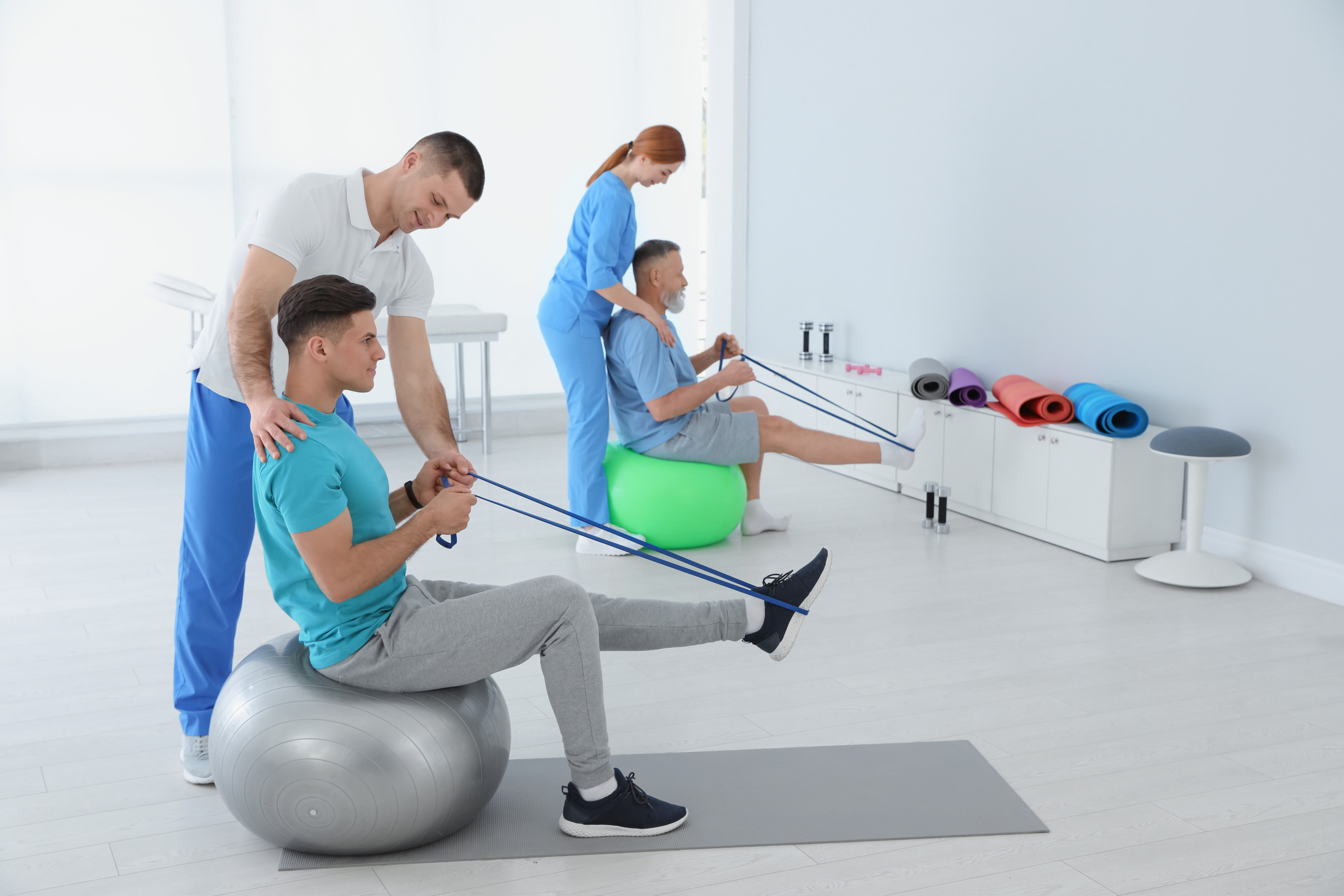Perfecting this Art of Workplace Design to Optimize Comfort and Performance in Workspaces
Perfecting this Art of Workplace Design to Optimize Comfort and Performance in Workspaces
Blog Article
Elevating a discipline of workplace optimization is paramount for creating workspaces that promote postural health and operational efficiency. Ergonomics is the science of tailoring occupational settings, equipment, and responsibilities to accommodate the requirements of employees. By addressing how staff utilize their surroundings, businesses can reduce strain and mitigate musculoskeletal problems. An ergonomic workspace supports efficient movement and minimizes strain, which can lead to improved performance and satisfaction among staff members.
One important element of ergonomic planning is the arrangement of fixtures and devices. Workstations should be at a level that enables users to remain seated with their forearms at a 90-degree angle while keyboarding. Seating options should offer proper reinforcement for the lower back, supporting neutral positioning. Additionally, monitors should be mounted at visual height to avoid cervical tension. By verifying that these factors are properly calibrated, employees can copyright a neutral position throughout their assignments, minimizing fatigue and improving focus.
An additional notable dimension in an well-designed workspace is the use of supportive devices and hardware. This includes keyboards, mice, and other components crafted to limit cumulative trauma disorders. For instance, using an split-key keyboard can aid in relieve wrist pain caused by prolonged typing. Furthermore, adjustable chairs and convertible desks empower employees to modify their position throughout the day, which can ease postural fatigue and amplify alertness. Allocating resources toward industry-grade ergonomic solutions can result in healthier work habits and higher productivity rates.
Visual conditions is also a vital aspect in ergonomic design. Proper lighting can diminish ocular stress and enable workers to engage with their work activities. Daylight is optimal, but if that is not feasible, using adjustable artificial lighting can assist in providing a functional atmosphere. It is important to avoid harsh fluorescent lights that may induce migraines or fatigue. By providing ergonomic lighting, employers can foster an sports performance rehabilitation environment that supports both visual ergonomics and work quality.
In closing, encouraging regular breaks is key for sustaining an ergonomic workspace. Reminding workers to take short breaks can aid disperse fatigue and mental fatigue. During these breaks, workers should be guided to perform mobility exercises or walk around to support blood flow. Implementing planned break times can facilitate build a routine that protects employee wellness without sacrificing work results. Ultimately, mastering ergonomics in the professional environment not only boosts physical over at this website health but also supports a more productive work culture where professionals can excel.